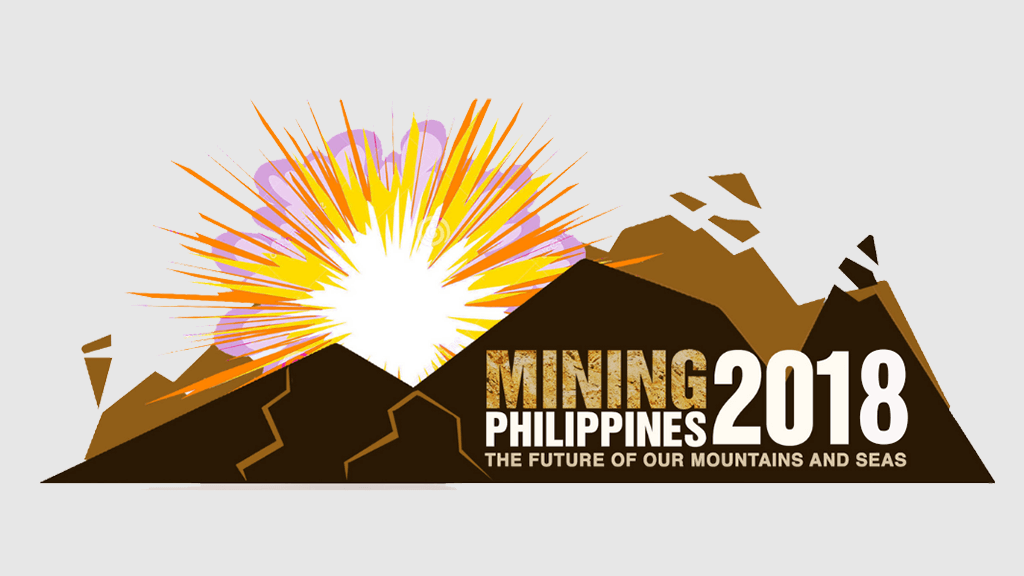Responsible Mining. But, what have you really done?
A mining conference was organized in 2010 by COREMin2 or the Coalition for Responsible Mining, whose members include big mining corporations such as TVI Resource Development Phils. Inc. Sagittarius Mines Inc.; Philex Gold Philippines Inc., and Apex Mining Co., Inc. The mining conference published a manifesto called “COREMin2 Dapitan Declaration” which states that members will commit to the protection of human rights, responsible stewardship of the environment, promotion of sustainable mining practice, upholding good governance, and contribute to nation building. The declaration on responsible mining was dated Sept. 23, 2010.
Two years after the “Dapitan Declaration”, a large fish kill incident in Lake Bato, MacArthur, Leyte was caused by mine wastes of Nicua Mining Corporation. Meanwhile, Philex Pacdal Mines leaked 20.6 Million MT. of mine tailings to Balog and Agno River systems of Benguet and Pangasinan on August 1, 2012. The mine spill was larger (in terms of volume) than Marcopper Mining Corporation’s mine spill in Marinduque’s Boac River. On the same year, Citinickel Mines and Development Corporation’s caused mine tailings spillage over 6.8 hectares of agricultural lands and fishponds in Palawan.
Meanwhile, a small island of about 1,165 hectares of the coast of Guiuan, Eastern Samar called Manicani Island is host ‘til today to an open-pit mine from past operations of Hinatuan Mining Corporation (HMC), a subsidiary of Nickel Asia Corporation (NAC). The DENR formally granted a Mineral Production Sharing Agreement (MPSA) on October 28, 1992 to HMC. On September 26, 1994, the island including parts of the municipality of Guiuan was declared as Guiuan Protected Seascapes and Landscapes through Presidential Proclamation No. 469. On October 28, 2017, HMC’s mining contract/MPSA expired, but prior to the said date of expiration, HMC attempted to file for a renewal of the same mining contract with endorsement from the members of the Local Government Units of Guiuan and the Province of Eastern Samar in light of the NIPAS Act which prohibits acts of “Mutilating, defacing or destroying objects of natural beauty…”, an Executive Order (EO 79) in effect which bans open-pit mining as well as mining in small island eco-systems, and the Eastern Samar-wide Provincial Ordinance No. 8 imposing an indefinite moratorium on large-scale mining and logging operations in the province. Is this responsible mining?
With the above examples of “Responsible Mining”, we cannot expect mining corporations to police their own ranks. An adoption of “Towards Sustainable Mining” (TSM) Principles made some 6,933 miles away in Canada by no less than the Chamber of Mines of the Philippines isn’t going to work. Not all mining operations – live, suspended or cancelled are under the noses and tutelages of that prestigious Chamber.
We need to change the rules of the game! This means changing the law that governs the ENTIRE mining operations and the ENTIRE mining corporations in this country. That archaic Republic Act 7942 – 1995 Mining Act has to be buried in its own mine-pit. Since its implementation, the performance of the mining sector has not contributed significantly to local economy in terms of GDP and job generation but catastrophic environmental and health damages in the past. Remember Lafayette Mining in Rapu-Rapu Island, Albay and Marcopper Mining Corporation in Marinduque?
Action speaks louder than words.

